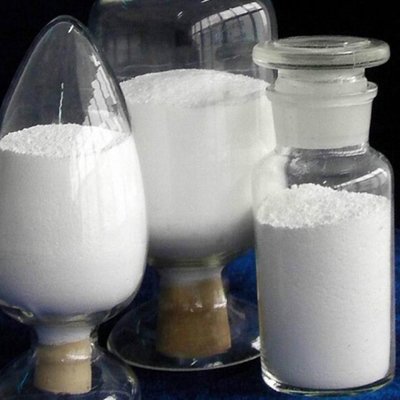Solid pure nitric acid 98% – 100%
Solid nitric acid is a form of nitric acid (HNO₃) that, as its name implies, exists in a nearly pure crystalline state. This form is achieved when liquid nitric acid is cooled to very low temperatures, causing it to solidify. As a vital compound in chemical industries, research, and production, solid nitric acid deserves a closer look.

What is Solid Nitric Acid?
Solid nitric acid is essentially highly concentrated nitric acid in a crystalline form. With a concentration close to 100%, it is one of the purest forms of nitric acid. It stands out for its reactivity, making it indispensable across various industries.
Chemical Composition and Structure
Nitric acid has a simple chemical formula, HNO₃, composed of one hydrogen atom, one nitrogen atom, and three oxygen atoms. The crystalline form of this compound arises when it is cooled below its freezing point. The solid state retains its molecular structure, characterized by strong hydrogen bonds between molecules, which stabilize the crystal lattice.
For more information on the chemical properties of nitric acid, you can visit the PubChem page on Nitric Acid.
Physical Properties
Solid nitric acid has distinct physical properties that differentiate it from its liquid counterpart:
- Appearance: A colorless crystalline solid.
- Melting Point: It freezes at approximately -42 °C (-44 °F).
- Density: Higher than the liquid form due to its tightly packed molecules.
These properties make it suitable for applications requiring highly concentrated nitric acid in a stable condition.
Production of Solid Nitric Acid
Crystallization Process
The production of solid nitric acid involves cooling the liquid nitric acid under controlled conditions until it crystallizes. Here’s a simplified step-by-step outline:
- Cooling: Liquid nitric acid is gradually cooled in a well-insulated container.
- Crystalline Formation: As the temperature drops, nitric acid transitions from liquid to solid.
- Purification: The solid nitric acid can be further purified to ensure 100% concentration.
Industrial Methods
Industries typically rely on advanced cooling systems to produce solid nitric acid efficiently. While some facilities use the Ostwald process to first synthesize liquid nitric acid, they then implement low-temperature crystallization methods. This ensures consistency and minimizes product loss.
To learn more about how nitric acid is produced industrially, check out this overview of the Ostwald process.
Applications of Solid Nitric Acid
Solid nitric acid plays a major role in several industries due to its reactivity and purity. Here are some prominent applications:
Use in Fertilizer Production
Nitric acid is a key ingredient in the production of ammonium nitrate, a common fertilizer. The solid form allows for precise control during chemical reactions, improving efficiency in manufacturing. Ammonium nitrate boosts crop yields by supplying essential nitrogen to plants.
Role in Explosives Manufacturing
Solid nitric acid is also pivotal in creating explosives, including nitroglycerin and TNT. Its ability to react rapidly with other compounds makes it invaluable in this industry. Careful handling ensures safety during its use in such high-stakes applications.
For an in-depth look at its properties and industrial uses, visit Britannica’s Nitric Acid Page.
Laboratory Applications
In chemical laboratories, solid nitric acid is a go-to reagent for various experiments. Its high concentration ensures accurate results in analytical chemistry, organic synthesis, and materials research.
Safety and Handling of Solid Nitric Acid
Because of its highly corrosive and reactive nature, handling solid nitric acid requires strict safety measures.
Hazards and Risks
The risks of working with solid nitric acid include:
- Corrosive Effects: It can severely damage skin and eyes upon contact.
- Reactive Nature: It reacts dangerously with other chemicals, releasing toxic gases.
- Fume Inhalation: Exposure to its vapors can lead to respiratory irritation or damage.
Understanding its hazards is crucial for anyone handling this compound. Refer to the Nitric Acid Safety Fact Sheet for more information.
Proper Storage and Handling Techniques
To mitigate the risks, follow these safety practices:
- Protective Gear: Always wear gloves, safety goggles, and a lab coat.
- Storage: Keep it in a tightly sealed, corrosion-resistant container in a cool, well-ventilated place.
- Handling: Use tools like tongs or spatulas to avoid direct contact.
For more safety tips, read Harvard’s Lab Safety Guideline on Nitric Acid






